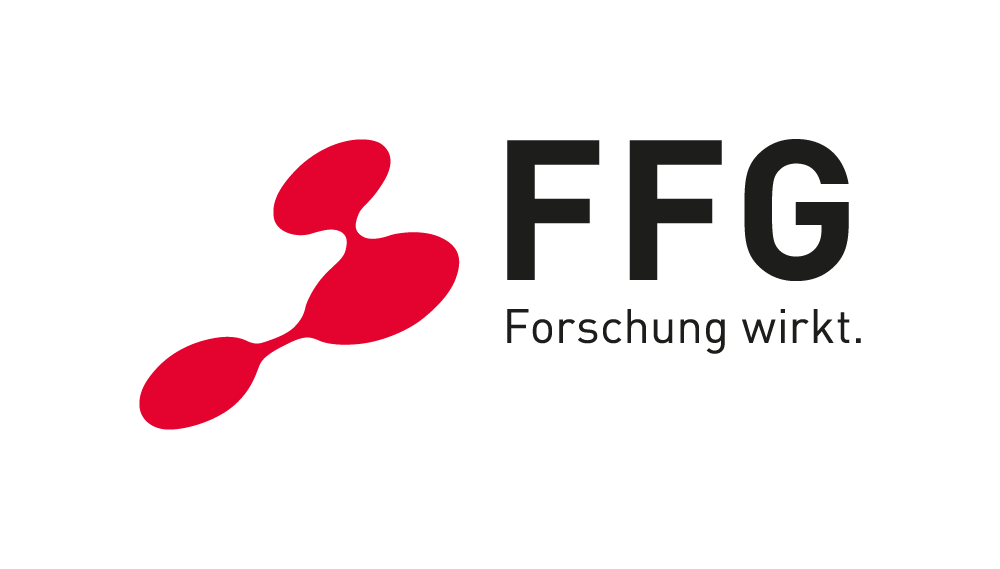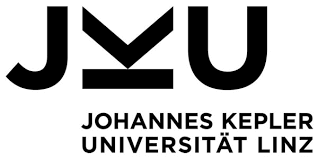Thread Recutting
Feasibility study in the LCM laboratory with UR10
In this feasibility study with Wacker Neuson, the question was whether it was possible to implement the “thread recutting” process, which had previously been carried out manually with a cordless screwdriver, in an automated and robust manner using a robot.
We realized a functional sample in our laboratory with the currently used (and only slightly adapted) tools and were able to demonstrate the basic feasibility quickly and cost-effectively.
For this purpose, different threads in a range from M8 to M24 were recut, which were contaminated by the painting process and corrosion.
The cordless screwdriver was controlled directly via the robot’s controller, which also provides force and torque measurement.
Project partner: Wacker Neuson
Requirements
- Feasibility study on whether the process can be easily automated
- Verification of robustness, in particular with regard to positioning of the holes
- Threads from M8 to M24, both through holes and blind holes
- Removal of paint and rust
- Cost-effective test of feasibility
- Elicitation of technical requirements for later series implementation
Solution
- Mounting a suitable cordless screwdriver on the UR10e robot with 3D printed components
- Control of the cordless screwdriver directly from the robot program
- Use of the robot’s integrated force and torque sensors
- Tests in the laboratory of LCM
- Research for available components on the market
- Checking the accessibility of all threads with Virtuall Commissioning Software Industrial Physics









